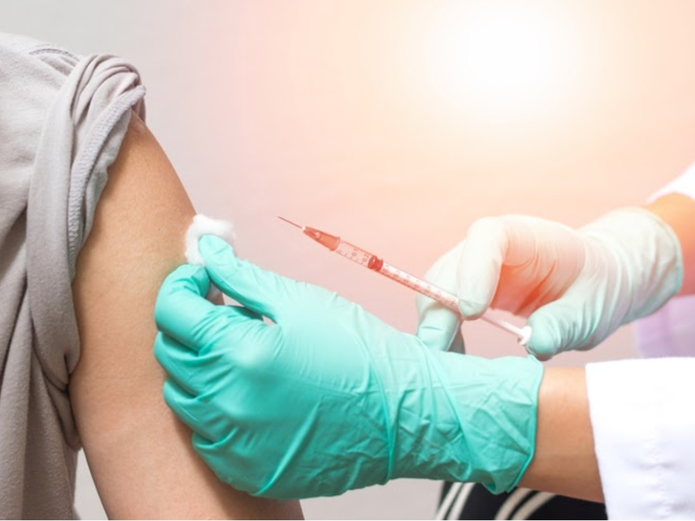
The model by UCLA public health and urban planning experts pinpoints LA County areas to prioritize for coronavirus vaccine distribution.
By Paige Austin, Patch Staff
LOS ANGELES, CA — UCLA public health and urban planning experts created a model for determining which Los Angeles County neighborhoods are most at risk of spreading the coronavirus and which residents should be prioritized for vaccine distribution.
The model announced Wednesday pinpoints some of the region’s lowest income and predominantly minority communities as most high risk for infection. These communities should be prioritized for vaccine distribution, according to UCLA public health specialists. Some of these same communities are the very same places where the county failed in its early testing efforts. In the earliest days of the outbreak, it was communities such as Brentwood, where residents have greater access to healthcare and COVID-19 tests, that reported the most cases. But as the county shifted its efforts to make testing available in low-income communities where many essential workers live, the disease was found to be spreading rapidly in LA’s low-income neighborhoods.
“The researchers hope the new model, which can be applied to other counties and jurisdictions as well, will assist decision makers, public health officials and scientists in effectively and equitably implementing vaccine distribution, testing, closures and reopenings, and other virus-mitigation measures,” it said.
“The research data demonstrate that neighborhoods characterized by significant clustering of racial and ethnic minorities, low-income households and unmet medical needs are most vulnerable to COVID-19 infection, specifically areas in and around South Los Angeles and the eastern portion of the San Fernando Valley. Communities along the coast and in the northwestern part of the county, which are disproportionately white and higher-income, were found to be the least vulnerable,” according to the statement.
The authors found that 73 percent of Black residents live in neighborhoods with the highest rates of preexisting health conditions like diabetes, obesity and heart disease, as well as poor overall health and food insecurity, they said. This was followed by 70% of Latinos and 60% of Cambodians, Hmongs and Laotians. Conversely, 60% of white residents live in areas with low or the lowest vulnerability.
Forty percent of Latinos, 29% of Blacks, 22% of Cambodians, Hmongs and Laotians and 16% of other Asians reside in neighborhoods with the greatest barriers to health care, characterized by high proportions of non-U.S. citizens, poor English-language ability, a lack of access to computer broadband service, lower rates of health insurance and poor access to vehicles for medical purposes, according to the UCLA statement. Only 7% of whites live in these neighborhoods.
Sixty-three percent of Cambodians, Hmongs and Laotians, 55% of Latinos, 53% of Blacks and 32% of whites live in areas considered to be at high or the highest vulnerability due to built-environment challenges, which include high population density, crowded housing and a lack of parks and open spaces.
According to the Centers for Disease Control, neighborhoods with high social vulnerability are characterized by lower socioeconomic status and education attainment, a higher prevalence of single-parent and multigenerational households, greater housing density, poorer English-language ability and a lack of access to vehicles, among other factors.
While only 8% of whites live in these neighborhoods, 42% of both Blacks and Latinos do, as do 38% of Cambodians, Hmongs and Laotians, the statement said.
One of the authors explained how the model can be used to good effect.
“When the pandemic hit, we were slowed down by a lack of science and a lack of understanding of the ways in which health disparities in the lives of some of our most vulnerable populations made their risk of COVID-19 infection even greater,” said research author Vickie Mays, a professor of health policy and management and of psychology. “We thought elderly and people in nursing homes were the most vulnerable, yet we found that lacking a number of social resources contributes to a greater likelihood of getting infected as well.”
The researchers said they were able to determine how vulnerability indicators predicted which racial and ethnic groups in Los Angeles County were the most vulnerable to infection based on their geographical residence.
City News Service and Patch Staffer Paige Austin contributed to this report.
Source: Los Angeles Patch